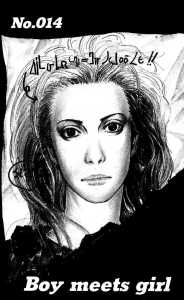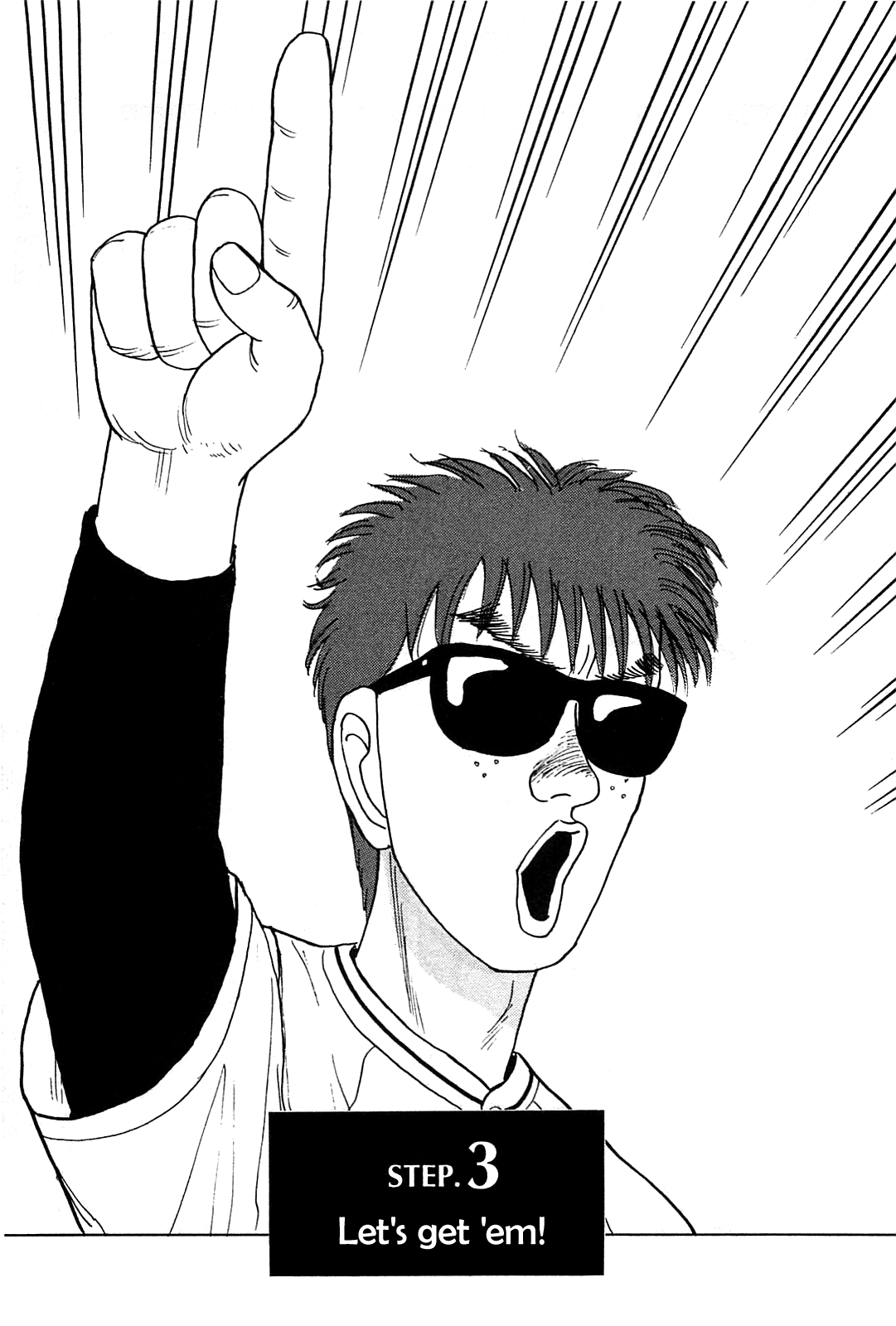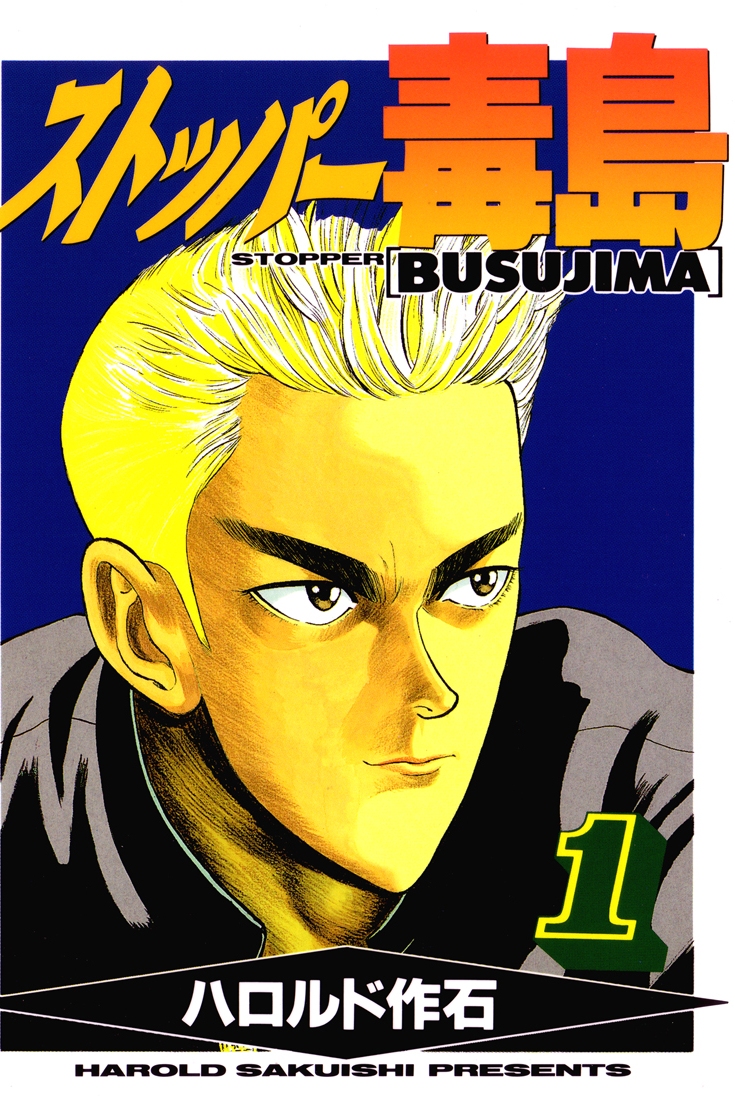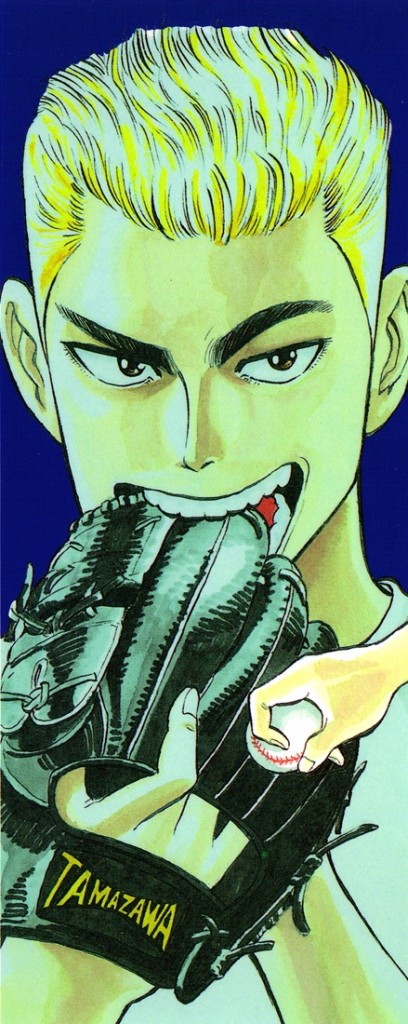Did you know that once upon a time Yoshihiro Togashi could actually draw? Or maybe I should say “Yoshihiro Togashi would actually draw.” The potential is still there, but you wouldn’t know it to look at current chapters of Hunter x Hunter (a.k.a. Hiatus x Hiatus). You would know it if you read Level E, though, a short but enjoyable 3-volume manga Togashi started in 1995 after finishing Yu Yu Hakusho. The summary goes like:
Tsutsui Yukitaka is a freshman entering high school who hopes to become a good baseball player. However, when he walks into his new apartment, there is a man in the room who claims that he is an alien who lost his memory. He is in fact the first prince of Planet Dogra, known to have the best brain but the worst nature.
But the whole story is really about Ouji the prince of Dogra and the high school freshman is reduced to a rarely-appearing side character pretty quickly. And it’s not just him but the most of the rest of the cast only appear sparingly to be used and discarded and then reappear again when you least expect them. That has the disadvantage of leaving all the characters paper-thin, but on the plus side it keeps every chapter fresh because you just never know who’s going to show up.
 There’s no real overarching story besides “Ouji toys with everyone for his amusement” but most chapters deal with some alien or another coming to/being on Earth and some drama occurring. Some stories are outright hilarious, but they also just as likely to be serious and even tragic. The best chapters are the ones that don’t feature Ouji at all or have very little of him, but while he can be an irritating jerk sometimes (all the time), other characters agree with the reader on his hateability and frequently band together to try and defeat him, making it fun to root for their usually futile attempts to get rid of him.
There’s no real overarching story besides “Ouji toys with everyone for his amusement” but most chapters deal with some alien or another coming to/being on Earth and some drama occurring. Some stories are outright hilarious, but they also just as likely to be serious and even tragic. The best chapters are the ones that don’t feature Ouji at all or have very little of him, but while he can be an irritating jerk sometimes (all the time), other characters agree with the reader on his hateability and frequently band together to try and defeat him, making it fun to root for their usually futile attempts to get rid of him.
As with most Togashi series the art isn’t 100% consistent and gets worse as the series draws to a close, but like in the nursery rhyme “When it was good, it was very very good, but when it was bad it was horrid!” Thus I wouldn’t recommend trying Level E for the art alone but rather for the art + the characters + the great stories within.
There’s only one story that was boring and difficult to follow – some rubbish about a baseball team that got lost in a dream. It’s ironic because I picked Level E in the first place because it had baseball in the description, but the baseball parts turned to be the worst things about it. In fact nobody ever even plays baseball, they just talk about it. So you can basically ignore that bit… wait, you didn’t care in the first place, did you? Don’t mind me and my baseball manga fetish ^.^;;
Get Level E if: you like sci-fi, especially aliens. You like comedy. You like short-story/anthology formats. You like drama/tragedy that doesn’t get too depressing. Don’t get Level E if: You hate sadistic characters that get away with their bad behavior. You prefer a consistent, well-developed cast. Btw, I hear an anime came out recently, so if you’d rather watch than read, you can give the Level E anime a try instead.





